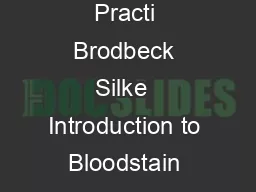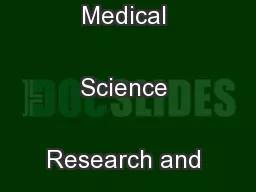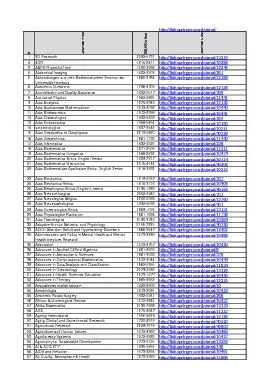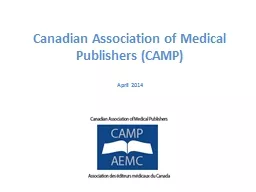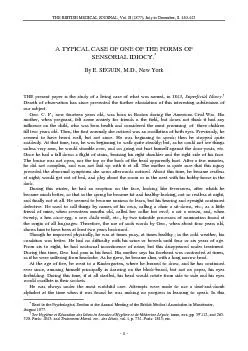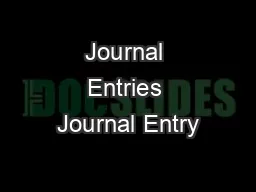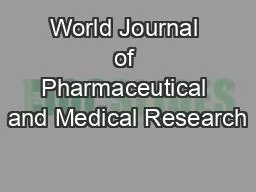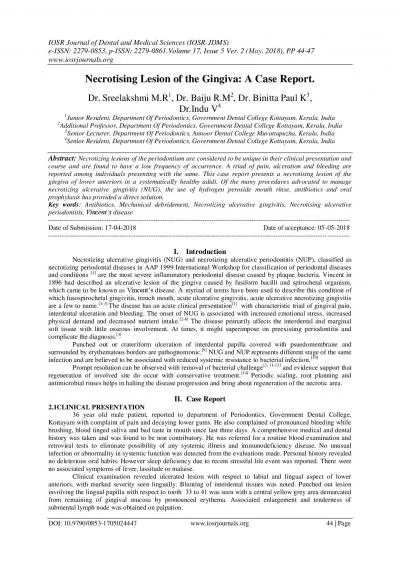PDF-May 2014DANISH MEDICAL JOURNAL
Author : reese | Published Date : 2022-10-12
Dan Med J 615 INTRODUCTION GorlinGoltz syndrome is an uncommon MATERIAL AND METHODS This was a retrospective analysis RESULTS A total of 17 patients from eight families
Presentation Embed Code
Download Presentation
Download Presentation The PPT/PDF document "May 2014DANISH MEDICAL JOURNAL" is the property of its rightful owner. Permission is granted to download and print the materials on this website for personal, non-commercial use only, and to display it on your personal computer provided you do not modify the materials and that you retain all copyright notices contained in the materials. By downloading content from our website, you accept the terms of this agreement.
May 2014DANISH MEDICAL JOURNAL: Transcript
Download Rules Of Document
"May 2014DANISH MEDICAL JOURNAL"The content belongs to its owner. You may download and print it for personal use, without modification, and keep all copyright notices. By downloading, you agree to these terms.
Related Documents



